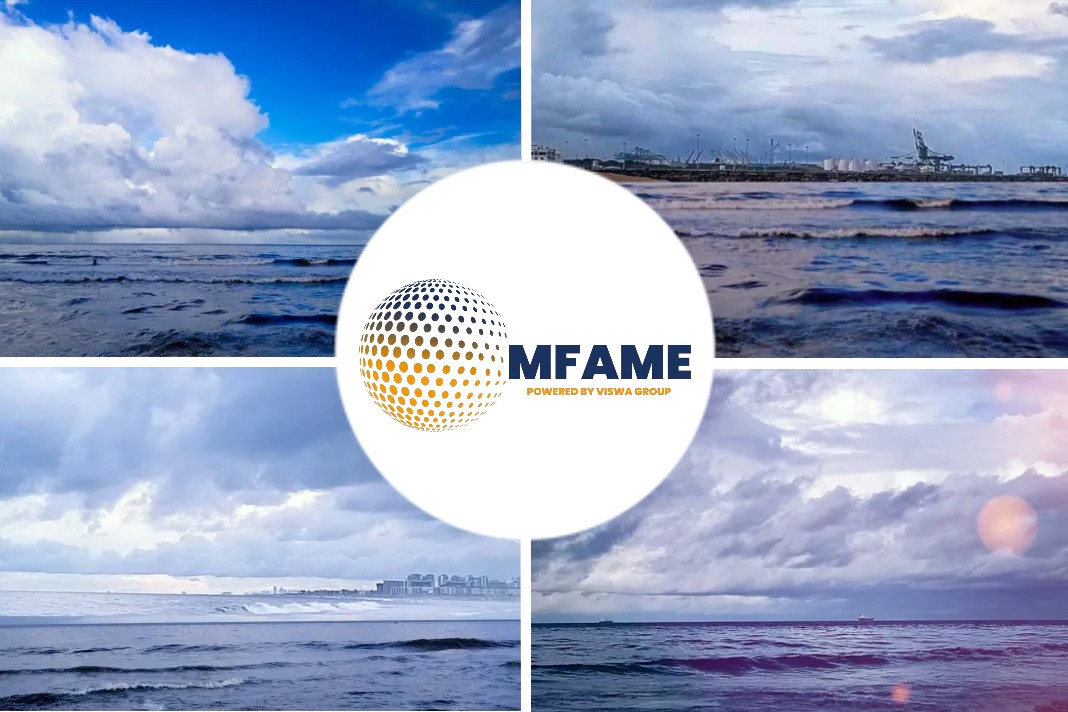- Bunker markets are grappling with the recent announcement that large cruise lines will extend the suspension of departures from US ports.
- USGC retail-wholesale spread tightened on weakened demand.
- Pacific Northwest summer cruise season disrupted.
- Cruise line high sulfur fuel consumption seen slashed.
Many bunker markets in North America are grappling with the impact of a recent announcement that large cruise lines will extend the suspension of departures from US ports through mid-September, write Felix Clevenger and Silvia Struthers for Platts.
Cruise activity no to resume soon
With the current US Center for Disease Control-issued No Sail Order set to expire on July 24, it is increasingly apparent that a potential opportunity to resume cruise activity soon after has eroded, the Cruise Lined International Association said last week amid continued evidence of strong coronavirus statistics.
Cruise ships with passenger capacities of 250 or more will continue to voluntarily pause operations in US ports until Sept. 15 as the country assesses the ongoing pandemic, the CLIA said.
According to CLIA, each day US cruise operations are suspended results in a total loss of approximately $110 million in economic activity. Nearly 13 million cruise passengers worldwide embarked from US ports in 2018, with Florida, California, Texas and New York being the main hubs.
The impacts of a diminished cruise industry market presence is taking various tolls on multiple physical marine fuel markets in the US.
In the Pacific Northwest, the marine fuel industry is heavily dependent on the demand driven by the summer cruise season. “Vancouver has lost 70% of the bunker demand May-September,” a supplier source told S&P Global Platts. “Absolutely brutal effect.”
- Assessed at $323/mt on an ex-wharf basis June 23, Vancouver spot 0.5%S marine fuel has averaged just over $317/mt in June.
- June’s average so far has recovered 23.8%, or just more than $61/mt, from April’s average of $256/mt.
- By comparison, the front-month ICE Brent contract has rebounded by more than 52.6%, or $14.02/b, to average $40.68/b so far in June from April’s average of $26.66/b.
Flagging cruise demand on USGC
Flagging cruise demand appears also to be pressuring retail pricing relative to wholesale on the US Gulf Coast.
On June 23, wholesale USGC 0.5%S marine fuel was actually assessed at an $8/mt premium to its retail counterpart. Since April 1, retail 0.5%S value has averaged just $2.71/mt over bulk 0.5%S, while the spread averaged $56.49/mt from January 1 through March 31.
However, on the US Gulf Coast, the impacts have not been immediately apparent in spot market activity.
One supplier source on the Gulf Coast noted the effect on his business has been marginal, as the company does not supply high-sulfur marine fuels.
“I believe though it has pushed some HSFO suppliers to do VLSFO instead, so increased competition is the only drawback directly to me,” the source said. “I do believe most of this impact has been on the paper market.”
A Gulf Coast bunker source said he was not sure how much effect the lack of cruise ship demand will have on the bunker market.
“All cruises have pretty much been cancelled since mid-March,” he said. “I guess there could be some effect in southern Florida, where much of the bunkering is done for US cruises. And the longer this suspension continues, the more effects will be felt.”
- In Houston, high sulfur IFO 380, with up to 3.5% sulfur content, was assessed June 23 at $227/mt ex-wharf, hesitantly recovering from its end-May level of $159/mt.
- Ex-wharf 0.5%S was valued at $282/mt, rebounding from its $246/mt assessed value in May 29.
Bunker contracts
Cruise ships make up around 4% of total marine fuel consumption, according to Concawe, a scientific research company for oil industries. Cruise companies, such as Carnival, have been installing scrubbing systems to comply with the International Maritime Organization’s rules of a maximum 0.5% sulfur content in bunker fuels.
The suspension will probably lead to higher availability of high sulfur bunker fuel as “most of the cruise ships are under bunker contracts to guarantee availability,” a market trader said.
To the south, in Latin America, the extension of the suspension might not make a further dent in the local bunkers market, as countries there deal with their own imposed travel restrictions.
Cruise season is from December to March in Argentina and it ends in May in Peru and Colombia. “In South America, cruises are all suspended since March, and there might not be any activity for the rest of 2020,” the oil market source said.
Did you subscribe to our daily newsletter?
It’s Free! Click here to Subscribe!
Source: Platts






















